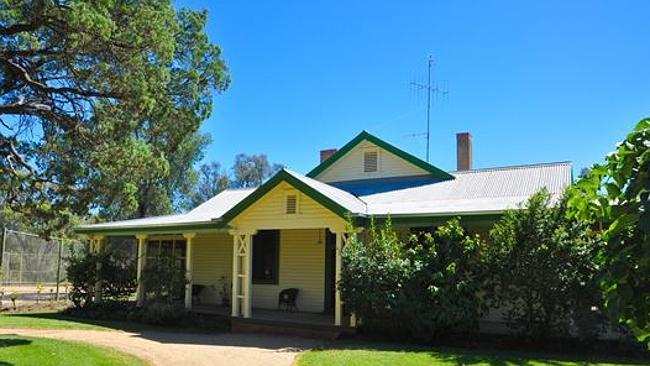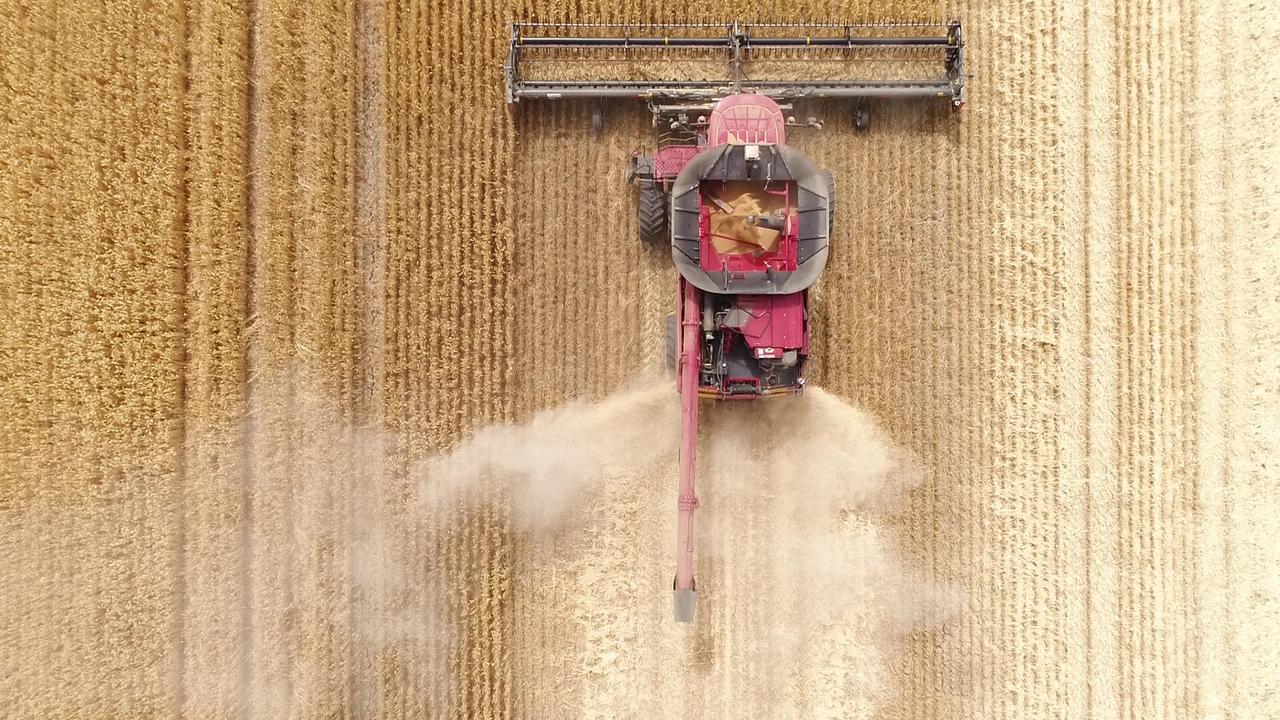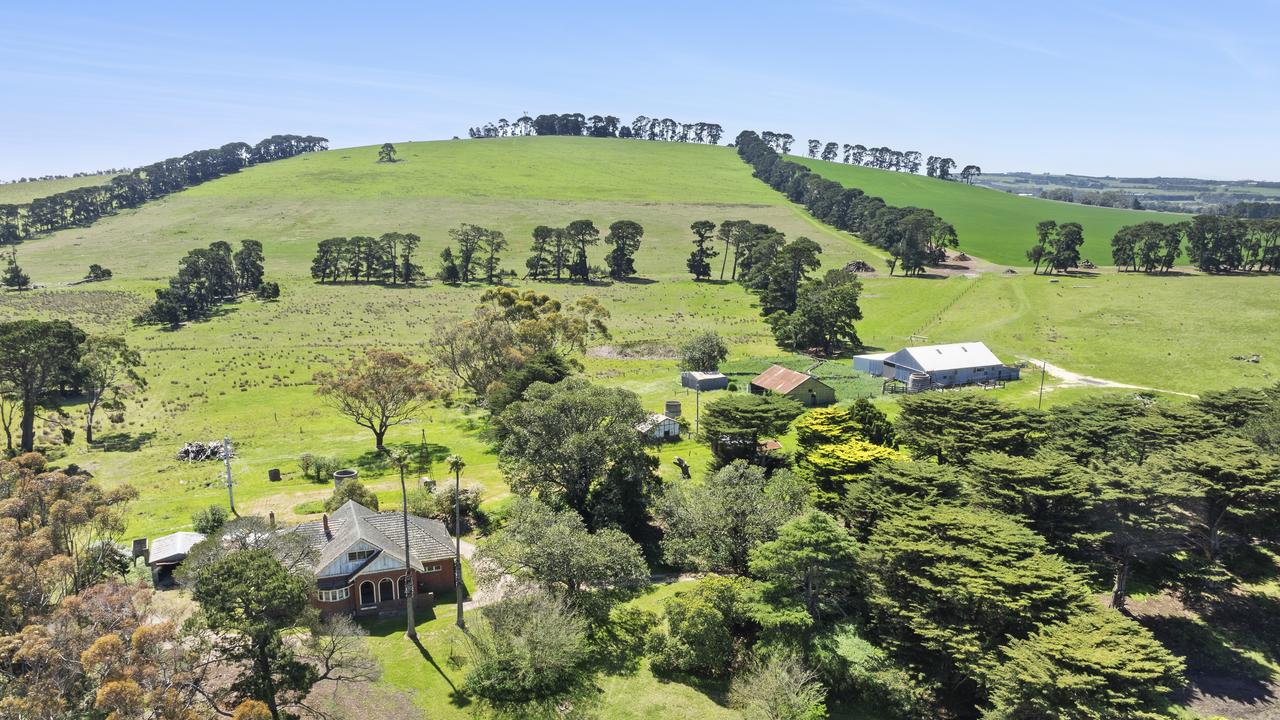Mixed farming property Marong Station, Deniliquin, for sale
SCOTT and Kaylene Loader moved to Marong Station five years ago to give their sons the opportunity to attend primary school.

SCOTT and Kaylene Loader moved to Marong Station five years ago to give their sons the opportunity to attend primary school.
The property, 40km northeast of Deniliquin and 10km from Conargo, is offered as a whole or in lots of 486ha and 1884ha.
“We were out back of Bourke on 100,000 acres (40,470ha) running sheep, goats and cattle,” Scott said.
“The boys will be going to boarding school next year, so Kaylene and I plan to head back where our heart is, to outback country.
“During our time, we’ve gone from rice to winter cropping and raised stock numbers to 3500 Dorper ewes, 3500 lambs and 2500 mixed goats.
“We’ve grown rice in the past and put 700-1000 acres (280-400ha) under export oaten hay each year.”
The country runs from alluvial river flats to fertile dryland and irrigated ground, about 1000ha being developed for cropping, most with lasered bay flood irrigation and recycle systems.
Extraction points are from the Murrumbidgee and Murray rivers, with water distributed through channel-filled dams and troughs.
DENILIQUIN
MARONG STATION
PROPERTY: Mixed farming, lifestyle
SIZE: 2370ha
SALE: Expressions of interest close October 16
PRICE: $3.5-$4 million
AGENT: Landmark Harcourts Deniliquin
CONTACT: James Sides, 0427 236 791
The main homestead, facing the permanent Forest Creek, was built in 1921 of Murray pine.
It has four bedrooms, two bathrooms, kitchen, formal dining, two lounges, informal living, office, billiards room, cool room, double garage, large fireplace and reverse-cycle airconditioning.
Domestic water is collected in four large tanks.
Other accommodation comes in one manager’s cottage, also built in 1921, and a worker’s cottage.
There are two hay sheds, a four-stand wool shed, sheep yards with undercover area, steel cattle yards with crush, eight grain silos, machinery shedding and a bush airstrip.
“You could grow anything you wanted here — corn, cotton, fodder crops for up to 20,000 sheep,” Scott said.
“There’s a lot more potential.”


